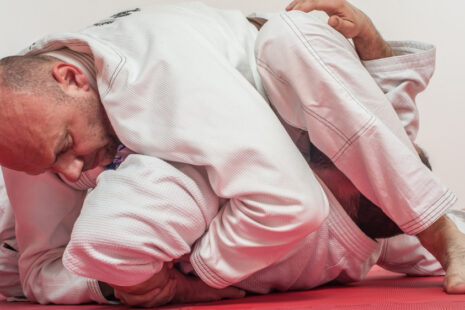When a physical therapist pushes on your back, they are likely performing a manual or hands-on therapy technique. Manual therapy involves the skilled application of hands-on techniques to mobilize, manipulate, and treat various tissues in your body. Here are some reasons why your physical therapist may be pushing on your back:
- Assessment: Before starting any treatment, the physical therapist needs to assess your back’s condition and identify any areas of restricted movement, muscle tension, or joint stiffness. By palpating and applying pressure to specific areas, they can gather information about the mobility and responsiveness of your tissues.
- Pain relief: Manual therapy techniques can help reduce pain and muscle tension. Applying gentle pressure or specific movements can stimulate blood flow, relax muscles, and trigger the release of natural pain-relieving chemicals in your body.
- Joint mobilization: The physical therapist may use joint mobilization techniques if your back pain is related to joint stiffness or dysfunction. These involve gently guiding your joints through controlled movements to improve their range of motion and reduce discomfort.
- Soft tissue mobilization: Your physical therapist might use soft tissue mobilization to address tight or knotted muscles and fascia. This technique involves applying pressure to specific soft tissue structures to break up adhesions, promote blood flow, and enhance tissue flexibility.
- Myofascial release: This specific type of soft tissue technique targets the fascia, a connective tissue surrounding muscles and other structures. By applying sustained pressure, the physical therapist aims to release tension in the fascia and alleviate pain.
- Trigger point release: Trigger points are hyperirritable spots in muscle tissue that can cause referred pain. Your therapist may apply pressure to these trigger points to release tension and reduce pain.
- Posture correction: Manual therapy can be used to help correct posture issues. By applying pressure and guiding your body into proper alignment, the therapist can help you become more aware of your posture and improve it over time.
- Muscle facilitation: In some cases, your physical therapist might use manual techniques to facilitate or enhance the activation of specific muscles. This can be helpful in cases where certain muscles are weak or inhibited.
Manual therapy should be performed by a trained and licensed physical therapist. They have the expertise to apply the appropriate amount of pressure and choose the most suitable techniques based on your condition and individual needs.
Manual therapy is often combined with other physical therapy interventions, such as therapeutic exercises and patient education, to provide a comprehensive and effective treatment approach for your back pain.




